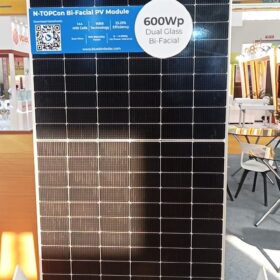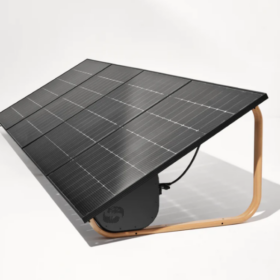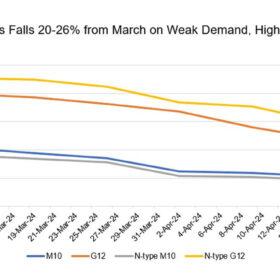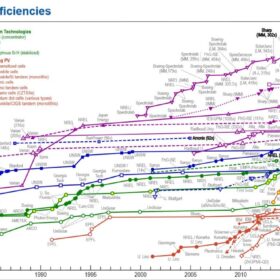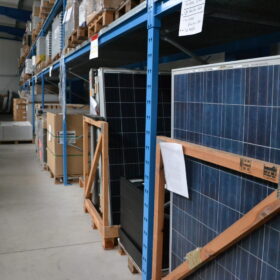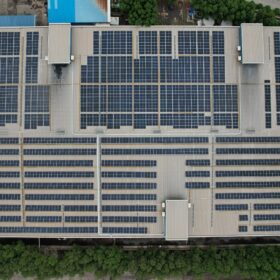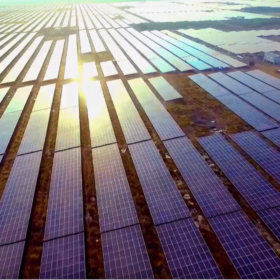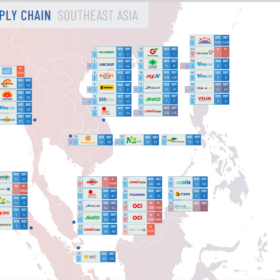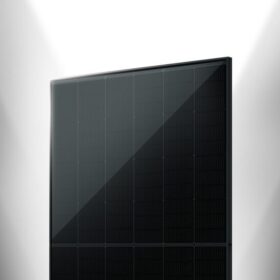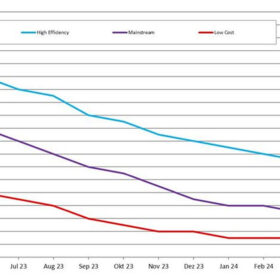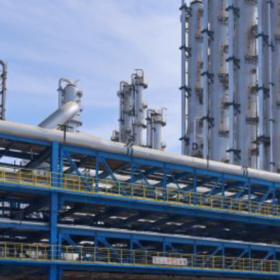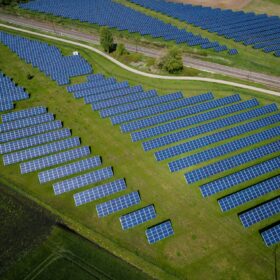Bluebird Solar launches n-type TOPCon dual-glass PV module
Bluebird Solar, an ALMM listed PV module manufacturer in India, recently unveiled its 600 Wp TOPCon dual-glass bifacial PV panels with a power conversion efficiency of 23.25%.
DualSun launches foldable plug-and-play solar kits
France’s DualSun has developed foldable plug-and-play solar kits with a power range of 420 W to 1.68 kW.
Chinese wafer prices stable-to-soft amid high inventories
In a new weekly update for pv magazine, OPIS, a Dow Jones company, offers bite-sized analysis on solar PV module supply and price trends.
NREL updates interactive chart of solar cell efficiency
The US National Renewable Energy Laboratory (NREL) has updated its research cell efficiency chart for a range of PV technologies.
Low solar module prices affecting secondhand market
Stefan Wippich, the CEO and co-founder of Germany’s SecondSol platform, recently spoke with pv magazine about the development of the used PV module market. Wippich noted national differences and argued that it will be important to set rules for the trading of secondhand products.
Grew Energy secures 200 MW in SECI’s 400 MW solar PV module auction
Grew is amongst three MNRE approved manufacturers to win the mandate to manufacture, test, package, forward, supply and transport solar PV modules.
India installed 7.1 GW of renewable energy capacity in March
India set new record for monthly renewable energy installation by adding 7.1 GW of renewable energy capacity in March 2024. This monthly RE addition comprised more than 6.2 GW from solar.
Sinovoltaics maps out Southeast Asian PV manufacturing sites
The latest supply chain report from the Hong Kong-based technical compliance and quality assurance company covers the Southeast Asia region, providing information about 50 manufacturing sites.
Trina Solar claims 740 W output for TOPCon PV module
The Chinese manufacturer said Germany’s TÜV SUD has confirmed the results.
Solar module prices hovering at all-time lows
As solar module prices continue to fall, pvXchange.com founder Martin Schachinger explains how price pressure could increase in the weeks and months to come.
